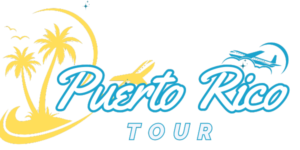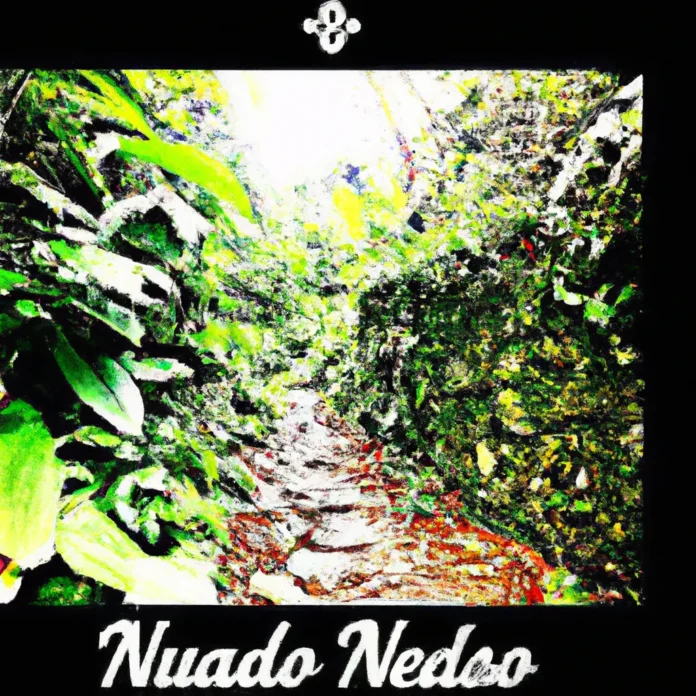El Yunque National Forest, located in Puerto Rico, stands as one of the most significant natural reserves in the Caribbean. This tropical rainforest is a sanctuary for diverse flora and fauna, making it a perfect destination for nature enthusiasts and adventure seekers alike. In this guide, we will provide an extensive overview of El Yunque, discussing its history, ecology, recreational opportunities, and tips for visiting.
History of El Yunque National Forest
The history of El Yunque is rich and multifaceted, marked by indigenous cultures and colonial influences. The forest has been recognized as a protected area since 1876, when it was designated as a reserve. Over the years, it has undergone various changes in management and conservation efforts, ultimately becoming a national forest in 1903. Its significance extends beyond mere ecology; it holds cultural importance for the Taino people and later Spanish settlers.
Geography and Climate
El Yunque covers approximately 28,000 acres and is characterized by its mountainous terrain, with elevations reaching over 3,500 feet. The region experiences a tropical climate, with high humidity and significant rainfall, averaging 120 inches annually. This climate contributes to the forest’s lush vegetation and the unique ecosystems it supports.
Flora and Fauna
El Yunque is home to more than 240 species of trees, many of which are endemic to Puerto Rico. The forest’s diverse habitats support a variety of wildlife, including the native Puerto Rican parrot, which is critically endangered. Other notable species include the coquí frog, a symbol of Puerto Rican culture, and a range of orchids that add to the forest’s biodiversity.
Conservation Efforts
Ongoing conservation efforts are essential for preserving the natural beauty and ecological integrity of El Yunque. Organizations and government agencies work collaboratively to monitor wildlife, restore habitats, and educate visitors about the importance of environmental stewardship. These initiatives aim to protect the delicate ecosystems and ensure the forest remains a haven for future generations.
Activities and Attractions
Visitors to El Yunque National Forest can engage in a multitude of activities that promote appreciation for nature and physical fitness. Hiking, birdwatching, and photography are just a few ways to enjoy the forest’s offerings.
Hiking Trails
The forest features several hiking trails that cater to various skill levels. Some popular trails include:
- La Mina Trail: This well-maintained trail leads to La Mina Falls, providing a scenic view and a refreshing spot to take a break.
- Big Tree Trail: A moderately challenging hike that showcases some of the tallest trees in the forest.
- El Yunque Trail: This trail ascends to the highest peak, offering panoramic views of the surrounding landscape.
Waterfalls
El Yunque is renowned for its stunning waterfalls, which serve as popular attractions for both locals and tourists. La Mina Falls and Juan Diego Falls are among the most frequented, providing opportunities for photography and relaxation amidst nature’s beauty.
Birdwatching
The diverse ecosystems within El Yunque create an ideal environment for birdwatching. Bird enthusiasts can spot various species, including the endangered Puerto Rican parrot, the palm tanager, and the Puerto Rican woodpecker. Guided birdwatching tours are available to enhance the experience.
Visitor Information
Planning a visit to El Yunque National Forest requires attention to several important details to ensure a rewarding experience.
Park Hours and Access
The forest is open year-round, but it is wise to check for any seasonal closures or specific hours of operation. Entry is generally free, though some areas may require permits for specific activities.
Safety Guidelines
Safety is paramount when visiting El Yunque. Visitors should adhere to marked trails, avoid swimming in unsafe areas, and be prepared for changing weather conditions. Proper footwear and attire are essential for hiking and exploring the terrain.
Facilities and Amenities
El Yunque provides various facilities to enhance the visitor experience, including visitor centers, restrooms, and picnic areas. Informational displays are available to educate guests about the forest’s ecology and history.
Conclusion
El Yunque National Forest offers a unique opportunity to connect with nature in a breathtaking environment. The forest’s rich biodiversity, coupled with its recreational opportunities, makes it an essential destination for residents and visitors in Puerto Rico. We encourage everyone to partake in a Puerto Rico tour that includes this magnificent natural wonder. For more information and to plan your visit, check out Puerto Rico Tour.





















